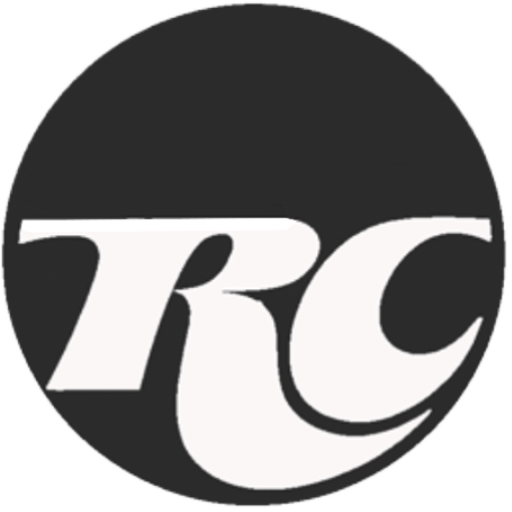Galvenize Study Hall – Fundraising with Amos Schwartzfarb
4/13/16
I want to make the disclaimer, these are my personal notes and how I interpreted what was being discussed in the conversation between Amos Schwartzfarb, the Managing Director of Techstars in Austin, and 8 other entrepreneurs who were in the seed fundraising stage of their latest startup. Amos is also the founder of Joust and has more than 15 years of sales leadership and strategy experience in software, digital, advertising and entertainment.
BASICS OF FUNDRAISING
Anytime you ask someone for money you are fund raising, even if you asking your family for money.
Having a good story and building relationships is important because fundraising starts long before you ask for money.
Seed series will not know what their product market fit is yet, that doesn’t come A series.
Turn your business into a math equation. This is way better than a business plan.
Find out where your revenue comes from, how many businesses, your target, etc. Break these down so that you can adjust a section of the formula to scale, or cutback.
INTROS TO INVESTORS:
Build a network, connect with people.
Don’t make the person you are trying to reach do any work. Send a formal email to the person that can connect you asking for a formal introduction to the person you want to meet. This way all they have to do is forward you email.
Be transparent because you will be working with your investor for a long time.
The old saying, when you want money you ask for advice, if you want advice you ask for money is true. Try to meet with people sooner than later to start building a track record, and a way for them to connect the dots, after all they may have good advice along the way.
Think quick meetings, less than 15 minutes. Involve the investor in your pitch right from the start. Get to the point so you can start overcoming their fears, or turning their no’s into yeses.
“What would keep you from writing a check?”
or
“Do you know anyone that might have advice, or that might have interest in this idea?”
Try to see what you can do to get them interested, bring on the first 1k users, or make so much revenue, or so many investors?
In a cold start like InstantLocal, you need to have a pitch for an investor, a pitch for a business and one for a user. The investor pitch encompasses both the user and the business pitch.
PITCH DECKS
Your pitch deck should have a headline, and then anything else on the page should support the headline. Feel free to ask investors advice on your deck.
Try to do your presentation without a pitch deck when you are with an investor one on one or with a small group. You should have one to leave behind, but you are better off talking them through it one on one.
Asking for money is like sales, you should try to sit on the same side as the person or on a corner so that you can talk to them in a more personal manner.
You need to have multiple pitch decks.
Think about the least amount of money you need. If you can get by with 500k but want a million, go for 500k, start growing and then go the million so you can show a track record.
Go for 2-4 million evaluations, 5 if you’re ambitious, but better off less on a convertible note. In Silicon Valley the evaluations are higher, but so are the demands.
If you are pitching with a partner make sure that the investor knows who is in charge.
Go for an emotional connection with the investor. The strength of your team is important along with the fact that you can execute.
The three things that are more important than your idea is, do they like you? Can you get stuff done? How much do you know about what you are talking about?
Two attempts in demo pitches, both were noted to get to the point faster, and get the investor involved in the conversation.
